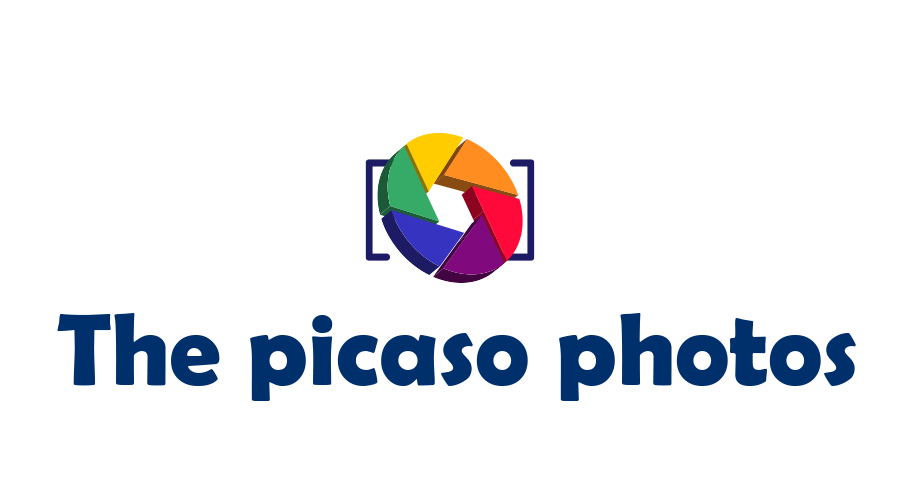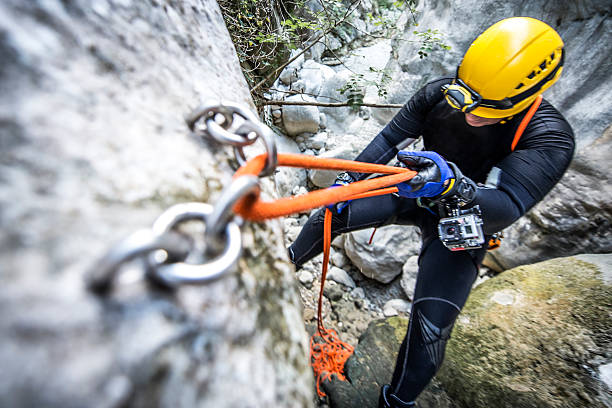One of nature’s most breathtaking and enthralling occurrences is the Northern Lights, often the Aurora Borealis. The dancing colors across the night sky are a sight to behold, and capturing these elusive lights through photography can be a dream come true for any photographer. In this guide, we’ll explore the art of photographing Photograph the Northern Lights (Fotografera norrsken)with tips and techniques to help you capture the magic, all with the assistance of Master Foto, a brand synonymous with photography excellence.
Choosing the Right Gear
Before embarking on your Northern Lights photography adventure, having the right gear at your disposal is essential. Master Foto offers a range of high-quality cameras, lenses, and accessories that can enhance your experience. What you’ll need is as follows:
- Camera: A DSLR or mirrorless camera set at manual settings is recommended for shooting the Northern Lights. Master Foto’s selection includes top-notch camera models known for their low-light performance.
- Wide-Angle Lens: A fast wide-angle lens with a wide aperture (f/2.8 or wider) is crucial for capturing as much of the sky as possible. You can photograph the surrounding scenery and the lights with the appropriate lens.
- Sturdy Tripod: A stable tripod is essential to keep your photo course system camera (fotokurs systemkamera)steady during long exposures, which are common when photographing the Northern Lights.
- Remote Shutter Release: An intervalometer or remote shutter release can lessen camera shake when taking pictures.
- Extra Batteries and Warm Clothing: Cold temperatures can quickly drain your camera’s battery. Bring extra batteries and dress warmly to endure the cold nights.
Location and Timing
Choosing the right location and timing is crucial when photographing the Northern Lights. Here are some tips:
- Choose a Dark Location: Find a location away from light pollution to ensure the best visibility of the Aurora Borealis. National parks, remote areas, and higher latitudes are ideal.
- Check the Aurora Forecast: To determine when and where the Northern Lights will most likely appear, watch the aurora forecast. Websites and apps like Space Weather and Aurora Alerts can help.
- Plan for Clear Skies: Northern Lights photography requires clear skies. Look up the weather forecast for the area you’ve chosen, and be ready to wait for the best conditions.
Camera Settings
Master Foto’s Photography Course can help you understand and master your camera’s settings, but here are some essential settings for Northern Lights photography:
- Manual Mode: Utilize your camera’s manual mode to fully control exposure parameters.
- Aperture: To let as much light as possible into the camera, use a wide aperture (such as f/2.8).
- ISO: Start with a low ISO (e.g., ISO 800) to minimize noise and gradually increase it as needed.
- Shutter Speed: Try shutter speeds between 5 and 30 seconds, depending on the Northern Lights’ intensity. To reduce camera wobble, use a remote shutter release.
- Focus: To make sure the stars and lights are sharp, turn on manual focus and focus on a faraway object. You can also utilize the infinity () symbol on your lens.
Composition and Creativity
One needs more than technical proficiency to capture the Northern Lights; one also needs a creative composition. Consider the following:
- Foreground Interest: Incorporate an interesting foreground element, such as trees, mountains, or a frozen lake, to add depth and context to your images.
- Experiment with Angles: Play with different angles and perspectives to create unique compositions.
- Bracketing: Try exposure bracketing to capture a range of exposures and merge them for the best results.
- Long Exposures: Experiment with long exposures to capture the mesmerizing movement of the lights across the sky.
Post-Processing
Once you’ve captured your Northern Lights photos, Master Foto’s Photography Course can guide you through the post-processing phase. Use software like Adobe Lightroom or Photoshop to enhance the colors, reduce noise, and fine-tune your images for a stunning final result. You can check Outsource Image Editing Services.
Conclusion
Photographing the Northern Lights is a rewarding and awe-inspiring experience. With the right gear from Master Foto, proper planning, camera settings, composition techniques, and post-processing skills, you can capture the magic of the Aurora Borealis and create stunning images that will leave you and your viewers in awe of the natural world’s beauty. So, pack your camera gear, head to a dark location, and let Master Foto help you embark on this photographic adventure of a lifetime.

